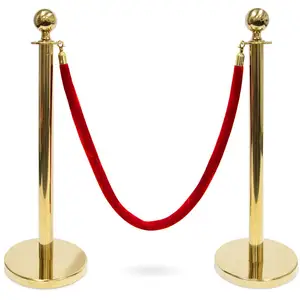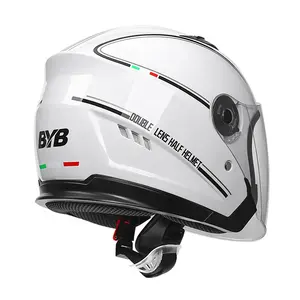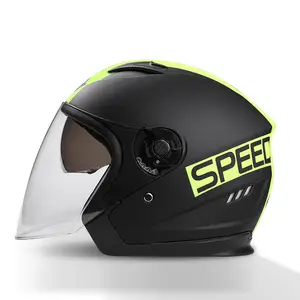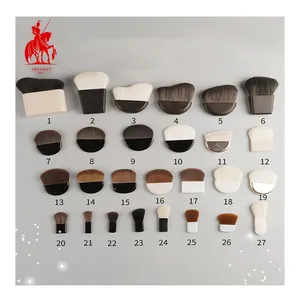











공장 도매 OEM 사용자 정의 purposes13mixed 헤어 브러쉬 세트 나무 손잡이 나무 서빙 트레이 스테인레스 스틸 핸들
₩6,973 - ₩13,807
최소 주문량: 100 개






10 Pcs 진주 빛 블루 우드 나일론 수채화 아티스트 오일 페인트 브러시 유화 펜 나무 손잡이
배송 준비 완료
₩991 - ₩1,032
최소 주문량: 6 개
조각 당 선박: ₩2,037






에코 생분해 성 립글로스 애플리케이터 공장 OEM 베스트 셀러 일회용 나일론 헤어 립 브러쉬 대나무 우드 핸들
배송 준비 완료
₩28 - ₩70
최소 주문량: 100 개
조각 당 선박: ₩224






기름 Watecolor 아크릴 회화를 위한 나일론 머리 목제 손잡이를 가진 15 pcs 페인트 붓 세트
배송 준비 완료
₩5,132 - ₩6,945
최소 주문량: 2 세트
조각 당 선박: ₩9,874


















Xin Bowen 아티스트 페인트 브러쉬 세트 예술 아크릴 페인트 도구 키트에 대한 나무 손잡이와 나일론 헤어 페인팅 브러시
배송 준비 완료
₩1,060 - ₩1,367
최소 주문량: 24 세트
조각 당 선박: ₩1,297












도매 나일론 나무 손잡이 휴대용 메이크업 브러쉬 세트 사용자 정의 로고 럭셔리 비건 블랙 메이크업 브러쉬 케이스
배송 준비 완료
₩2,734 - ₩9,205
최소 주문량: 1 세트
조각 당 선박: ₩14,267


















슈퍼 프로 모션 12/18/24pcs 슈퍼 소프트 합성 나일론 헤어 메이크업 브러쉬 베스트 셀러 우드 핸들 메이크업 브러쉬 세트 PU 가방
₩4,017 - ₩7,392
최소 주문량: 1 세트






예술 페인트 붓 아크릴 유성 페인트 와니스 Watercolor 화를 위한 나무로 되는 손잡이를 가진 분류된 치수가 재진 나일론 회화 솔
₩279 - ₩1,395
최소 주문량: 100 개






사용자 정의 로고 DIY 페인팅 젤 플라워 스트라이프 라이너 네일 아트 브러시 나일론 강모 나무 손잡이 배송 준비 완료
배송 준비 완료
 배송 준비 완료
배송 준비 완료₩1,283 - ₩1,381
최소 주문량: 3 개
조각 당 선박: ₩3,584
























도매 10 개 진주 화이트 우드 핸들 젤 네일 아트 브러쉬 세트 뚜껑 부드러운 나일론 라이너 플랫 타원형 옴브레 유니버설 브러시
배송 준비 완료
₩907
최소 주문량: 3 개
조각 당 선박: ₩11,994






미니 휴대용 가짜 마호가니 월넛 우드 핸들 나일론 파운데이션 프라이머 파우더 메이크업 브러쉬 지퍼 잠금 그물 가방 메이크업 용 메이크업
₩5,579 - ₩7,810
최소 주문량: 20 세트












- 10%






미니 휴대용 가짜 마호가니 월넛 우드 핸들 나일론 파운데이션 프라이머 파우더 메이크업 브러쉬 지퍼 잠금 그물 가방 메이크업 용 메이크업
배송 준비 완료
₩4,895 - ₩6,904
최소 주문량: 20 세트
조각 당 선박: ₩2,678
나일론 나무 손잡이 정보
Alibaba.com에서 합리적인 가격으로 도매 나일론 나무 손잡이를 받으세요. 우리는 야외, 비 또는 악천후에서 태양 아래에서 사용할 때에도 제품이 지속되도록 신중하게 고려하여 재료를 선택했습니다. 제작 과정에서 좋은 재료만을 엄선하여 색상이 쉽게 퇴색되지 않고 내구성이 보장됩니다.
다양한 용도의 교통 표지 세트가 제공됩니다. 도로 표지판뿐만 아니라 주차장 표지판도 있습니다. 나일론 나무 손잡이 표지판은 반사율이 높은 경고 효과를 사용하여 운전자가 쉽게 볼 수 있습니다. 수입 반사 재료의 다양한 옵션이 제공됩니다. 좋은 알루미늄 평판을 사용하는 이유는 제품이 오래 지속되고 표면이 매끄러워야 하기 때문입니다.
나일론 나무 손잡이는 밝고 깨끗한 상태를 유지해야 합니다. 밤에도 보입니다. 따라서 반사 필름 모델의 재료는 교통 표지판에서 결정적인 역할을 합니다. 다른 반사 필름은 굴절률이 다를 뿐만 아니라 색 부패, 시간 및 내마모성도 있습니다. 좋은 재료를 선택할 때 염두에 두었던 요소이기도 합니다.
Alibaba.com에서 나일론 나무 손잡이 도매로 쇼핑하고 기호와 모양의 패턴을 알려주십시오. 갖고 싶습니다.







































































































